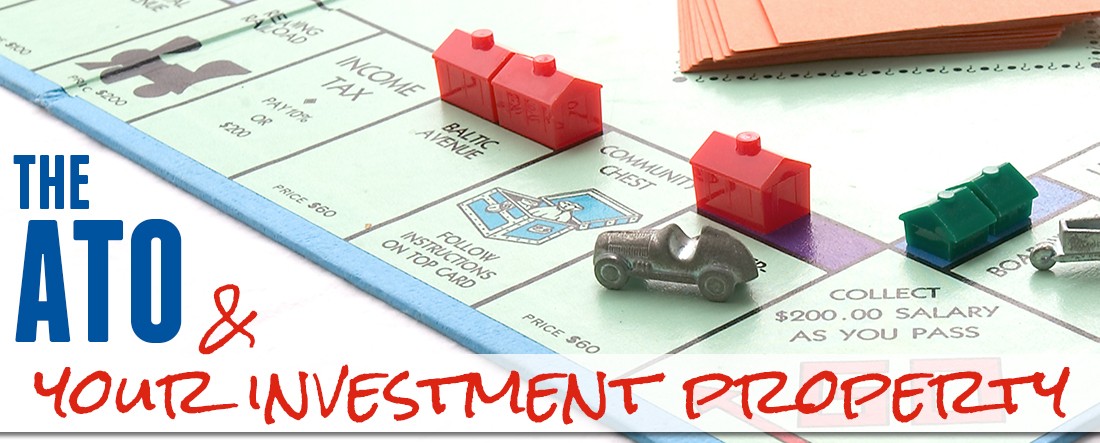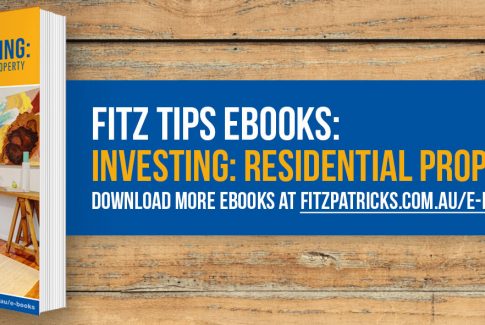
The Australian Tax Office (ATO) will look closely if it knocks on your rental property door. Knowing what can and cannot be deducted as a legitimate tax expense can be a minefield when it comes to investment property.
Late last year it notified tax agents of the continuing rental audit program of their clients that aims to ensure taxpayers do not over claim rental deductions.
Due to the complexity of the Tax Act, there is often money spent on a property that, if not treated correctly, could cause audit problems. These include incorrectly claiming a deduction for costs relating to the buying of a property; over claiming interest where a loan includes amounts borrowed for both private and investment purposes; incorrect asset values being placed on depreciable fixtures and fittings; borrowing expenses incorrectly claimed, and travel expenses being over claimed.
Under the Income Tax Act, capital costs associated with buying a property must be distinguished from income costs. Capital costs are not deductible in the year they are incurred while income costs are claimable in full. Examples of deductible income costs include interest, insurance, rates and agents’ fees.
As a rule, amounts spent before a property is rented are capital costs. Examples of these include stamp duty, legal fees and repair costs to put the property into a condition where it can be rented. These are added to the purchase cost and used to decrease any future capital gain. They cannot be used to increase a loss on negative gearing. Some costs of repairs will also be classed as capital even when they are paid for after a property has started earning income.
In these cases, if the problem existed at the time of purchase but the repair took place after tenants moved in, the repair cost is classed as capital. An example would be a house bought with a rusty roof and a few small leaks. If the roof is repaired or replaced after being rented, the costs are not deductible and must be added to the cost of the property.
The task of calculating how much interest is tax deductible is made harder when there is one loan made up of two different borrowings. This can often occur when a home loan has been substantially paid off and the loan is extended to provide funds to buy a rental property. In this situation the tax-deductible interest component is the percentage of the interest that equates to the percentage the investment loan makes up of the total loan. For example, on a loan of $250,000 with an investment loan amount of $200,000, 80 percent of the interest is tax deductible.
Problems can also arise with a loan made up of two components when large amounts of principal are paid off the loan. These capital repayments must be fairly apportioned between both loan amounts.
What some investors aim to do is only reduce the personal loan balance, thus increasing the tax-deductible percentage for the investment loan.
The Tax Office will not accept this in an audit. By having two loans, all principal repayments can be made off the home loan and interest-only payments made on the investment loan.
The non-tax-deductible interest payments will reduce more rapidly while the tax-effective interest stays the same. This means that if a tax audit takes place there will be one less problem that may arise.
To ensure that you’re maximising your claimable items we strongly recommend that you refer to your tax agent or financial advisor for advice on taxation and deductions.
If you’d like to get some personal advice on a property investment opportunity and become a property investor or expand your portfolio please feel free to contact our New Client Consultant Angela King on 0408 284 053.
Would you like to be kept updated on our new property listings?
Click here to register your details and be one of the first to know about hot properties!









